I had the privilege of interviewing award-winning journalist Dan Archer, the creator of the Kickstarter project Graphic Journalism on Human Trafficking in Nepal.
Project: Graphic Journalism on Human Trafficking in Nepal.
Talent/Project Manager: Dan Archer
Days to Go: 5
Goal: $12,000
The spiel: For the last three years Dan Archer has been teaching a graphic novel project through the Creative Writing department at Stanford University. Archer has been nominated for an Eisner for his collaboration on Yiddishkeit with the legendary Harvey Pekar. Dan is the first comics journalist to be elected to the John S. Knight Jourlism Fellowship. You can read his journalistic pieces on various websites like Huffington Post, Alternet, The Guardian UK, Presente, Operamundi(Brazil), Expressbuzz (India) and Independent World Report.
An investigative journalism project to report on human trafficking in Nepal in real time in the form of a webcomic and graphic novel.
Dan is going to use the funds for his travel in Nepal to gather testimony from people who have been directly effected by human trafficking. He has a staff of translators, fixers and survey givers he will pay with the money raised. This is something that has never been done before, and if that’s not enough, he will give backers the opportunity to watch him report/create the comic in real time. Real time online art videos have become very popular and I think builds a bigger bond between fans and the creators. It should be interesting to see how this comic is created and his commentary as he makes it.
Archer is offering prints of individual web comics, and interactive PDFs with multimedia content like audio and video footage. If you kick in $50 you get the paper back and for only an extra $25 you can get the book personalized and a sketch. The book will be published in English and Nepali. The price seems a little high but I think readers and potential backers can have faith that if this project succeeds this will be a rewarding experience for everyone.
Mr. Archer was kind enough to take time from his busy schedule from interviewing people that have been slaves and give an interview and elaborate what will go in to making this project come to fruition.
Henry Barajas: With so many problems in the world like climate change, food shortages and political corruption, why do you feel the need to report the social injustice in Nepal?
Dan Archer: When I started making non-fiction comics I focused on the larger issues like political corruption (in my graphic history of the Honduran Coup), prop 8, the military-industrial complex in the US and so on, but I slowly gravitated towards telling personal stories, adapted from first-hand testimonies from people whose voices were often absent from mainstream media. I became interested in human trafficking after my 2009 project through the Fulbright program with the wonderful Olga Trusova, in which we used comics to tell the stories of seven trafficking survivors from eastern europe. After finishing that project in 2010, I continued working on trafficking/violence against women in the US, but it was when I spoke to Madhu during my Knight fellowship that I saw an opportunity to use comics in an environment where literacy levels were low and a significant chunk of the target audience was children.
How are you going to find people that are going to willingly share their stories without any kind of reprisal?
A mixture of different approaches: I’m pairing with a professor at Vanderbilt University who ran a huge study on trafficking as part of her Phd at Stanford in 2009, who already has experience and a pre-built network we can use; through NGOs; through a colleague who was on the same journalism fellowship I was on at Stanford in 2010 who has extensive links to Nepal’s community radio stations (having essentially built them from scratch over the past decade), which is ideal for reaching out to local populations; through schools; and through the sheer interest that people have in the project, the response to which has been positive across the board.
Are there any taboos or misconceptions about this situation in Nepal and human trafficking that the general public has that you want to clear up?
At the risk of painting the issue in too broad brush strokes yes, most definitely. The dramatic rescue approach, careening into locations where trafficking is reported and pulling out the victims, is no longer an option – or at least an option that will be beneficial in the long-term without a significant improvement in after-care infrastructure. In those cases, despite them generating media attention for all the drama involved, one of two things tend to happen: either the survivors, after being released from custody, find themselves back in the same desperate economic situation that led them to resort to trusting a dalal (trafficker) in the first place (with the added challenge of now having to overcome their community’s stigma at having been trafficked) or they are detained in custody (often because they’re the only ones at the scene of the crime, the traffickers long gone by then) and dependent on the same criminals who enslaved them to bail them out. Which is of course added to their ongoing bill, and cements the notion that only the trafficker cares about them. Trafficking is also not only sex trafficking, which makes up only a fraction of incidences, and was more prevalent a decade ago. Bonded labour and domestic servitude amongst children is a huge problem that many papers perhaps feel lacks the emotive punch of sex trafficking. Plus the risks of workers going abroad (especially to the Gulf/Qatar etc) are huge, and few protection systems are in place for those who risk everything to leave their country and provide for their families.
This project could have been made as a documentary or a novel and probably received more notoriety. What gave you the idea to use this visual narrative to shed light on this subject?
The age-old question about comics being intrinsically comic! Comics (or graphic novels, which non-comics folks seem to find more palatable) are increasingly being taken more seriously: from Art Spiegelman’s Pulitzer or Maus in 92 to Marjane Satrapi’s Persepolis being required reading for US troops stationed in the middle east to Joe Sacco recently being awarded the Ridenhaeur prize for Investigative Reporting for Footnotes in Gaza – slowly the prejudice is being overcome.
Comics effectively give the creator the power of director, cameraman, set designer, writer, actor etc – but without any budgetary strings. So you’re able to work with source material in a way that gives the reader a unique reading experience: they control the pace of the narrative as only they have the agency to piece together the narrative from one panel to the next. Unlike film, which is more passive. I wanted to tell the story of trafficking not from the cliched POV of an outsider looking in, but through their eyes, using their words – and drawn visuals give me the ability to corroborate what I’ve sketched with the interviewee to ensure that I get the images as close to their recollection as possible. Visual narratives are also very malleable: I can pull out the words and make the stories work wordlessly if need be, or translate the text into different registers to suit the audience. Plus it’s very low-tech media: screening a documentary might work at a one-off event, but I wanted to produce something that would have a lasting benefit, that could be shared long after we leave the villages we’re working with: and comics are the ideal medium for that. Not to mention the power of connection that sketching someone in the field has, as opposed to putting recording equipment in their face.
What goes in to preparing for this journey on a logistical and mental level?
Having Madhu (the colleague I mentioned in the previous question) as a local with lifelong experience of working nationwide has been invaluable for getting things off the ground – at a logistical and linguistic level (my Nepali is getting there, slowly but surely…) His wife Jaya is also a prominent figure in Nepali media and a staunch advocate of women’s rights, and the pair of them have gone out of their way to lend me their expertise and knowledge as I’ve set things up. I also reached out to a ton of different NGOs before I left to set up meetings and interviews for when I arrived, so was able to get a fast sense of the lay of the land. Mentally, the challenge of being in an entirely foreign situation actually appealed to me (I studied languages at university way back when, so I love the chance to immerse myself in another culture), and of course there was the thrill (and risk) of trying to report in a more real-time fashion using comics, as well as to run a quantitative assessment of comics in the field for the first time. So there’s a lot at stake in a relative short timeframe (I’m here til May) – something that’s all too metaphorically represented in the tick tick tick of the Kickstarter campaign, which ends on Saturday.
If this is successful, what other social injustices do you plan to plan to cover using comic’s journalism?
Comics are very versatile and would be well suited to any sort of grass-roots awareness campaigns in countries facing the same barriers to visual media access as Nepal. Economic injustice within the globalized supply chain (indirectly related to trafficking) is another area I’m interested in working on, and in fact I’ll be stopping over in Delhi to visit some of the failed resettlement projects outside the capital to cover a story on that next week.
Comics Journalism is becoming rapidly popular, where do you see this going in the future?
There’s the undeniable rise of digital comics journalism from the likes of Sarah Glidden, Susie Cagle, Wendy MacNaughton, The Illustrated Press, Andy Warner or Matt Bors’ work as comics journalism editor for Cartoon Movement, plus the launch of tablet-targeted publications like Erin Polgreen’s Symbolia, which has been cleverly optimized to deliver interactive comics journalism content to the ipad. I think the future will see more interactivity incorporated into this sort of work – we’re already seeing embedded audio and hotlinks (via soundcloud and thinglink), but soon it will feature animation, multimedia and so on.
I’m not really aware of the history that comics have in Kathmandu—are there any other comics to come from there or is this the first?
I confess I’m not too familiar with the local scene here either – there have been some illustrated attempts at covering trafficking, but they’ve typically been very generic in their approach, often collapsing different fictional stories, which I don’t think resonate with the same power as real stories told by real people. There’s also a history of satirical/humorous comics, like the “Yak and Yeti” strip that used to run in one of the big dailies in Kathmandu, but it’s a comics strip more in keeping with the setup/conflict/punchline rhythm of strips like Garfield. I’m definitely interested in finding local artists doing the same kind of work as I am.
Henry Barajas is the co-creator, writer and letterer for El Loco and Captain Unikorn. He has also written and lettered short stories for two successful Kickstarter projects: Unite and Take Over: Stories inspired by The Smiths and Break The Walls: Comic Stories inspired by The Pixies. He is the Newsroom Research Assistant for The Arizona Daily Star and was nominated for the Shel Dorf Blogger of the Year award. You can follow him on Twitter @HenryBarajas.


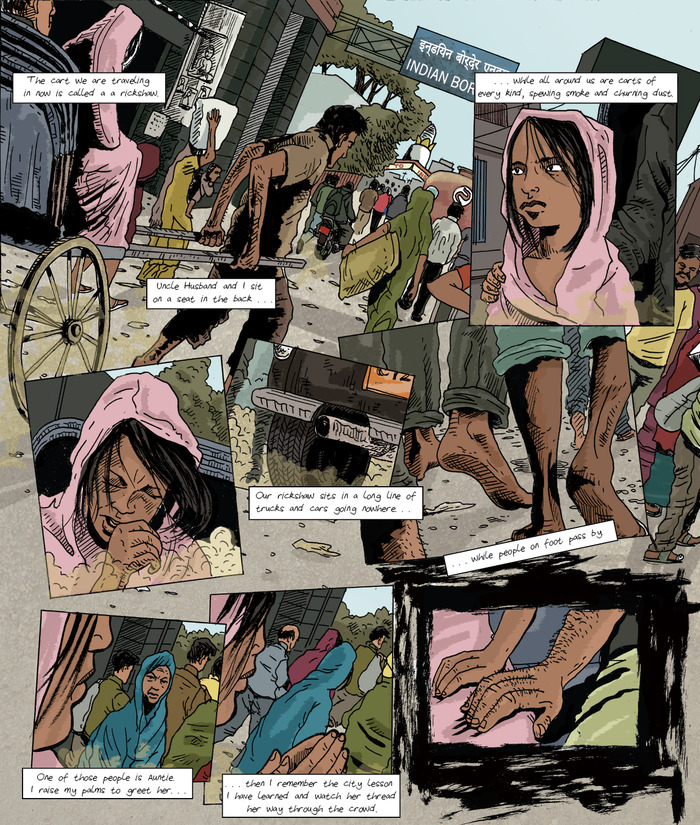
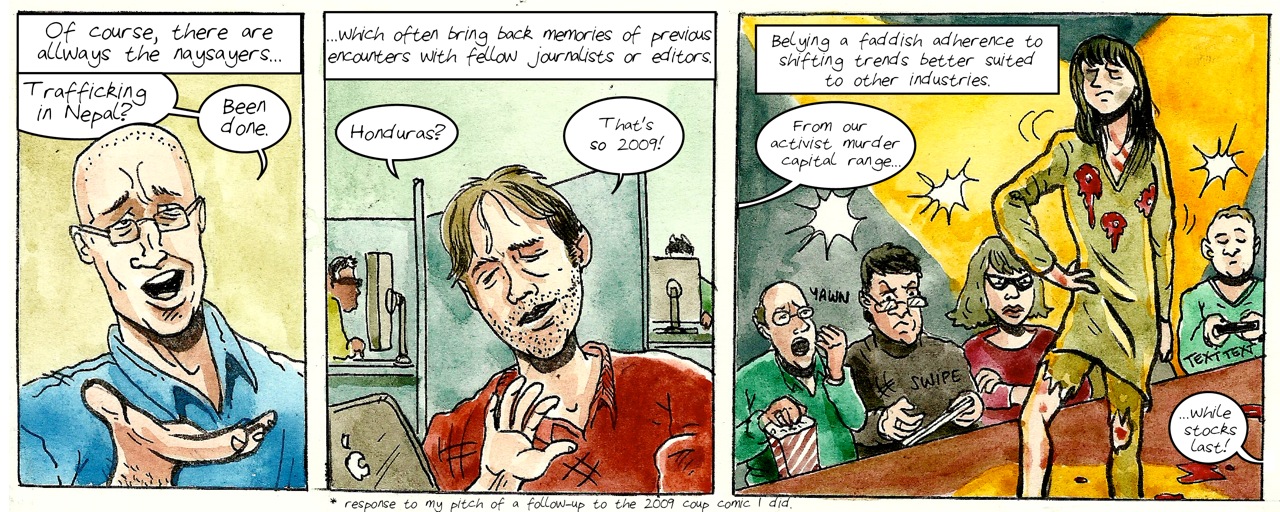
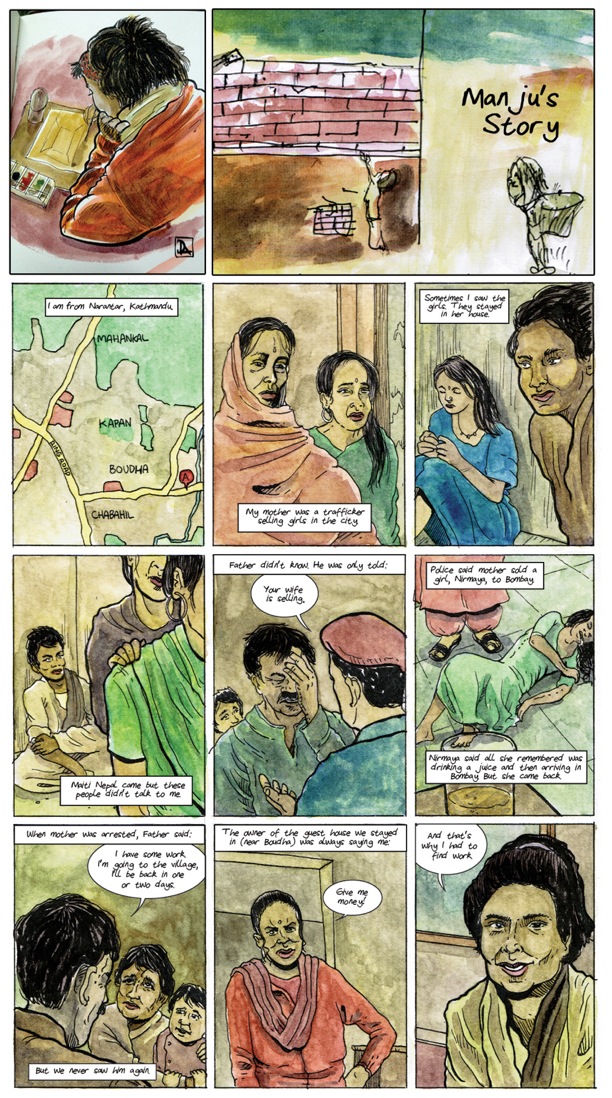
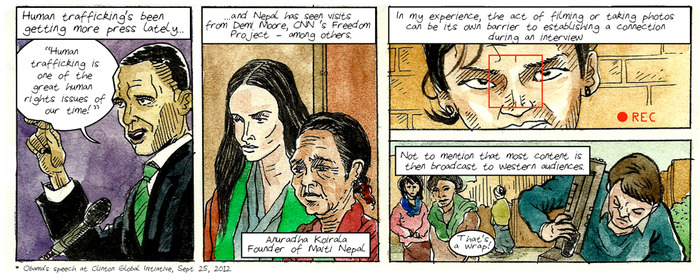
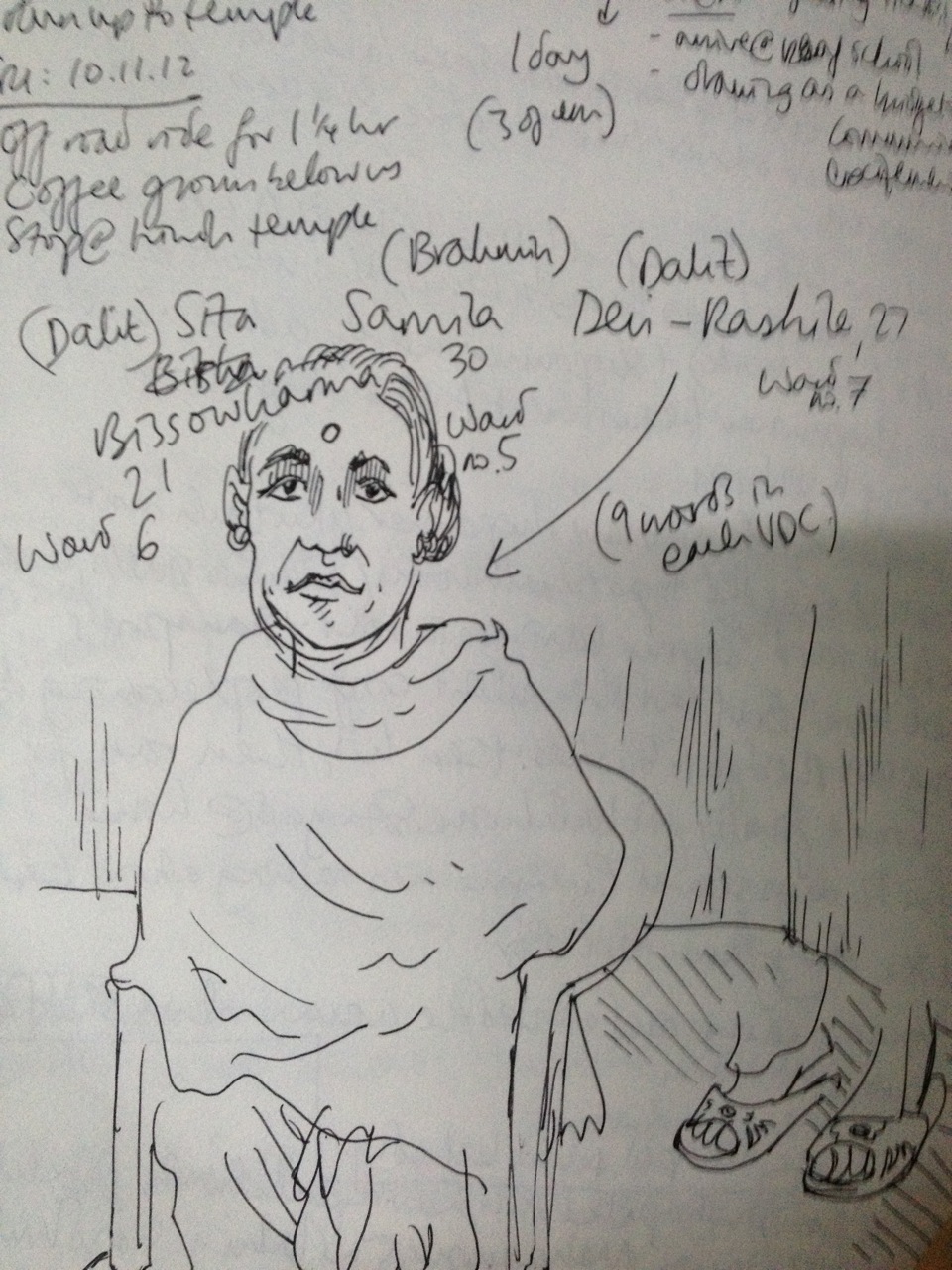



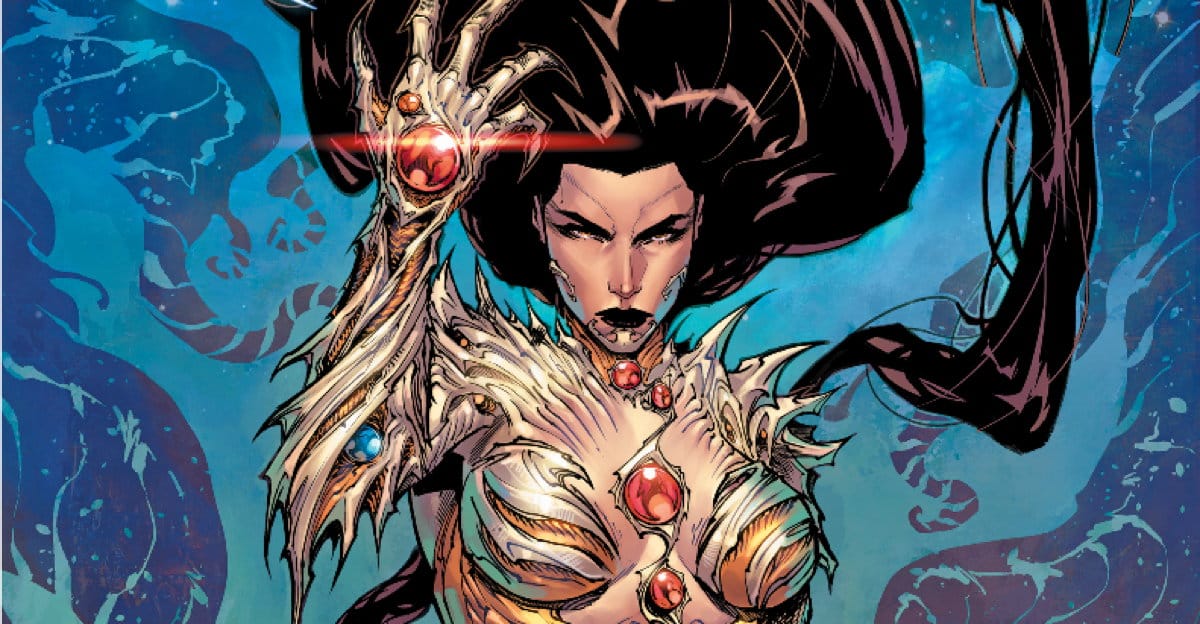


Spencer Toyama liked this on Facebook.
Regine Sawyer liked this on Facebook.
Henry Barajas liked this on Facebook.
Comments are closed.